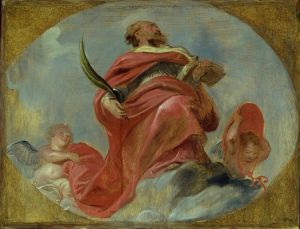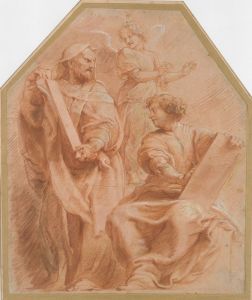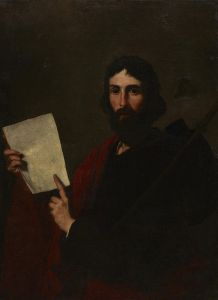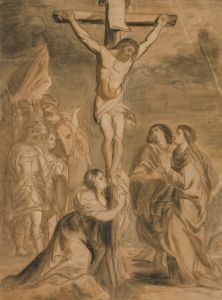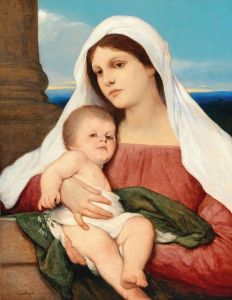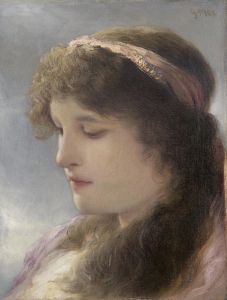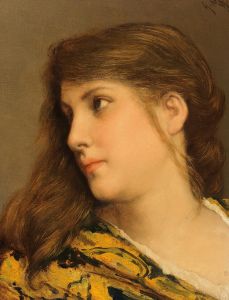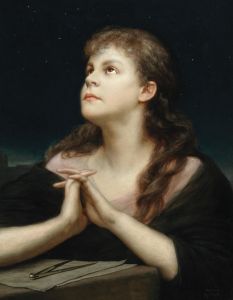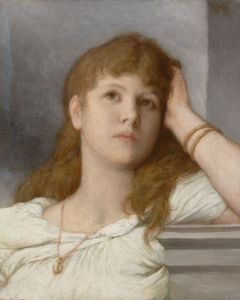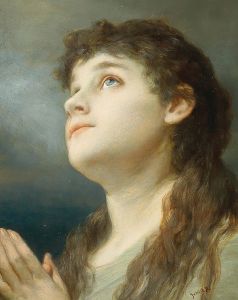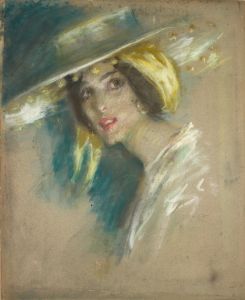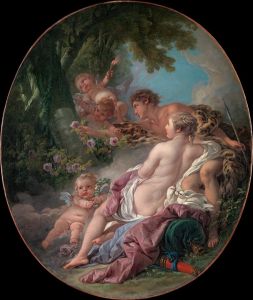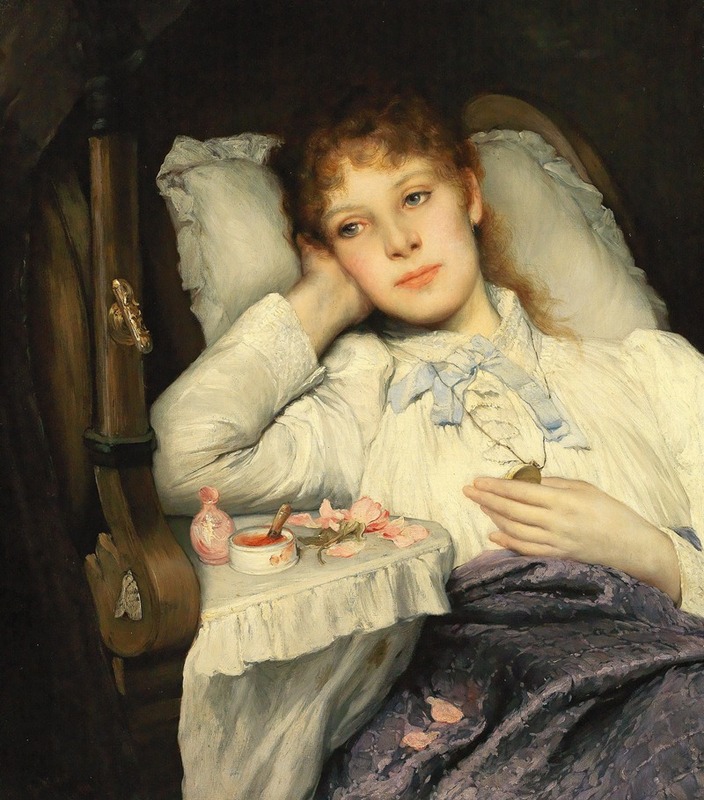
Traviata
A hand-painted replica of Gabriel von Max’s masterpiece Traviata, meticulously crafted by professional artists to capture the true essence of the original. Each piece is created with museum-quality canvas and rare mineral pigments, carefully painted by experienced artists with delicate brushstrokes and rich, layered colors to perfectly recreate the texture of the original artwork. Unlike machine-printed reproductions, this hand-painted version brings the painting to life, infused with the artist’s emotions and skill in every stroke. Whether for personal collection or home decoration, it instantly elevates the artistic atmosphere of any space.
Gabriel von Max was a Czech-Austrian painter known for his works that often explored themes of spirituality, mysticism, and the human condition. One of his notable paintings is "Traviata," which reflects his interest in these themes. Gabriel von Max was born on August 23, 1840, in Prague, and he became a prominent figure in the Munich art scene during the late 19th century. His works are characterized by their detailed realism and often contain elements of the supernatural or the psychological.
"Traviata" by Gabriel von Max is a painting that exemplifies his unique style and thematic interests. The title "Traviata" suggests a connection to the famous opera "La Traviata" by Giuseppe Verdi, which tells the story of a courtesan named Violetta. However, without specific details about the painting itself, it is important to focus on the general characteristics of von Max's work to understand what "Traviata" might entail.
Von Max was known for his ability to capture the emotional depth and complexity of his subjects. His paintings often featured figures in contemplative or dramatic poses, set against richly detailed backgrounds. He had a particular interest in the human face and expression, which he used to convey the inner life of his subjects. This focus on the psychological aspect of his subjects is a hallmark of his work.
In addition to his interest in the human psyche, von Max was also fascinated by spiritualism and the occult, which were popular subjects during his time. This interest often manifested in his paintings through the inclusion of mystical or otherworldly elements. It is possible that "Traviata" incorporates some of these themes, reflecting von Max's broader artistic interests.
Von Max's work was well-received during his lifetime, and he exhibited widely across Europe. He was associated with the Munich Secession, a group of artists who sought to break away from traditional academic art and explore new styles and themes. His paintings were known for their technical skill and the way they engaged with contemporary philosophical and spiritual ideas.
While specific information about the painting "Traviata" is limited, understanding Gabriel von Max's broader body of work provides insight into what this painting might represent. His interest in the human condition, spirituality, and the supernatural suggests that "Traviata" could be a work that explores these themes through the lens of a narrative or character study.
Overall, Gabriel von Max remains an important figure in 19th-century art, and his works continue to be studied for their unique blend of realism and mysticism. "Traviata," like many of his paintings, likely reflects his deep engagement with the complex interplay between the material and spiritual worlds.





